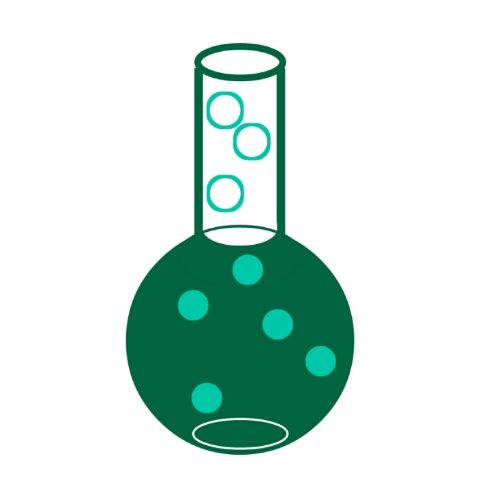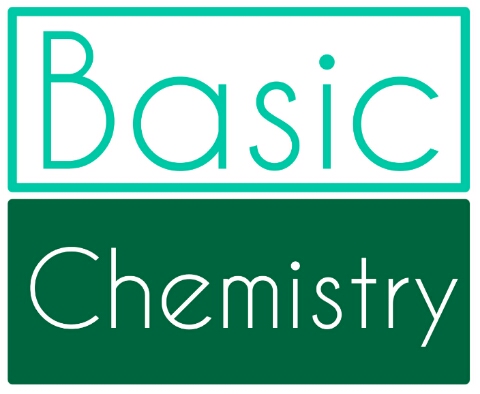⚫Intoduction:
Aldehydes are a class of organic compounds that contain a carbonyl group (-C=O) with a hydrogen atom (-H) directly bonded to the carbon atom. They are versatile and reactive compounds that play a crucial role in various fields, including chemistry, industry, and biology. In this article, we will explore the properties, nomenclature, synthesis, and applications of aldehydes.
⚫Properties of Aldehydes:
- Carbonyl Group: The carbonyl group (-C=O) is the defining feature of aldehydes. It consists of a carbon atom double-bonded to an oxygen atom. The presence of the carbonyl group imparts unique properties and reactivity to aldehydes.
- Odor: Many aldehydes have distinctive odors. For example, formaldehyde has a pungent odor, while vanillin, found in vanilla extract, has a pleasant aroma.
- Solubility: Aldehydes with fewer than five carbon atoms are soluble in water due to the presence of the polar carbonyl group. However, solubility decreases as the carbon chain length increases.
- Boiling Points: Aldehydes generally have lower boiling points compared to alcohols and carboxylic acids of similar molecular weight. This is due to the absence of intermolecular hydrogen bonding in aldehydes.
⚫Nomenclature of Aldehydes:
The International Union of Pure and Applied Chemistry (IUPAC) system is commonly used to name aldehydes. The following rules are followed:
- Identify the parent chain, which includes the carbon atom of the carbonyl group.
- Replace the "-e" ending of the corresponding alkane name with "-al" to indicate that it is an aldehyde.
- Number the carbon atoms in the parent chain to provide the lowest possible numbers for the carbonyl group.
- If there are substituents attached to the parent chain, indicate their position and name them accordingly.
⚫Synthesis of Aldehydes:
- Oxidation of Primary Alcohols:
Primary alcohols can be oxidized to aldehydes using mild oxidizing agents, such as pyridinium chlorochromate (PCC) or the Swern oxidation method.
- Oxidation of Alkenes:
Alkenes can undergo ozonolysis, followed by reductive workup, to yield aldehydes.
- Oxidation of Alkynes:
Alkynes can be oxidized with strong oxidizing agents, such as potassium permanganate (KMnO4), to produce aldehydes.
⚫Applications of Aldehydes:
- Chemical Intermediates: Aldehydes serve as essential intermediates in the synthesis of various chemicals, including pharmaceuticals, plastics, and fragrances.
- Polymer Industry: Formaldehyde, an important aldehyde, is widely used in the production of resins, such as urea-formaldehyde and phenol-formaldehyde resins. These resins find applications in adhesives, coatings, and construction materials.
- Food and Fragrance Industry: Aldehydes contribute to the characteristic flavors and aromas of many fruits, flowers, and food products. They are used as flavoring agents and fragrance components.
- Preservatives: Some aldehydes, such as formaldehyde, are used as preservatives in products like cosmetics, personal care items, and embalming fluids.
- Biological Role: Aldehydes play important roles in biological systems. For example, acetaldehyde is an intermediate in alcohol metabolism, and retinaldehyde is involved in vision.
⚫Conclusion:
Aldehydes are versatile and reactive organic compounds with distinct properties and reactivity due to the presence of the carbonyl group. They find applications in various industries.
...............







